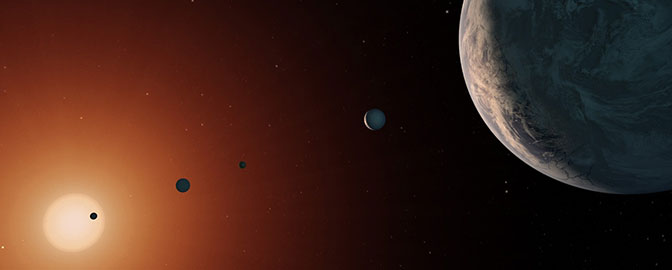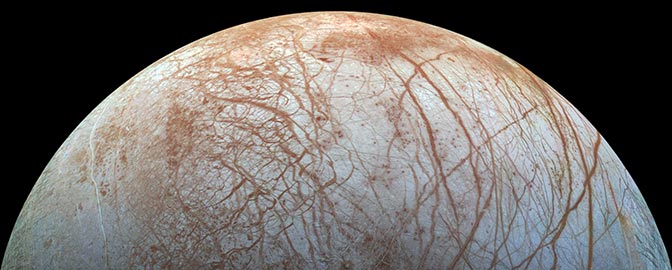The coolest new space pictures: June 2024
From beginning to end, June was marked by the success of China’s Chang’e-6 mission to the far side of the Moon. On June 1st, Chang’e-6 rang in the month with the second-ever soft-landing on that part of the Moon, touching down inside an impact crater within the larger South Pole-Aitken Basin. There, the lander drilled down into the lunar soil, used a robotic arm to collect material, then transferred the sample to an ascent vehicle.

That rocket took off from the Moon two days later and went on to dock with the Chang’e-6 service module in orbit. On June 6, the sample was transferred again into a re-entry capsule. The service module made its way back to Earth, and on June 25, safely brought back the first-ever samples from the far side of the Moon.



Some of the other images that caught our attention this month:






 Explore Worlds
Explore Worlds Find Life
Find Life Defend Earth
Defend Earth


